“I always opened a bottle of jam and wondered how they could seal it?” ”
A Foil Sealing Machine employs the electromagnetic induction technique to screen the bottled goods before cappings, to obtain hermetic scraping at the bottle’s mouth.
Foil sealing machine applications:
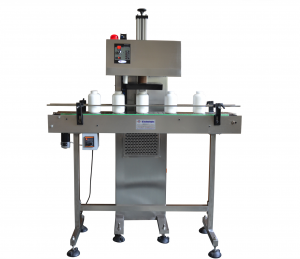 It avoids overflowing of jar content and is utilised in different sectors such as foodstuffs, pharmaceutics, petroleum, insecticides, chemical products, cosmetics, etc.
It avoids overflowing of jar content and is utilised in different sectors such as foodstuffs, pharmaceutics, petroleum, insecticides, chemical products, cosmetics, etc.
The sealing machine enables the durability of the items to be increased and achieves the most excellent scrubber quality. It may also be used to print branding and simple identifying markings on the seal.
In addition, some machines place the seals in the screening process and have the cap so that it is simpler to sell large amounts of items in a go.
Aluminium Foil Sealing Machine:
The device uses electromagnetic induction ideas to create an airtight aluminium foil seal on various containers. The unit may be used for the sealing of many types of goods in industries such as chemicals, food, pharmaceuticals and cosmetics.
Advantages of Foil Sealing Machine:
The following benefits may be learned by utilising the foil sealing unit:
- It includes high-quality stainless steel building material, which ensures its lifetime.
- It contains different types of motors which help in a faster and more reliable screening procedure.
- It is automated, trustworthy and screens a range of bottles in a short period.
- It produces composite aluminium foil for sealing applications.
Drawbacks of Foil Sealing Machine:
Some of the inconveniences of foil dressing machines are as follows
- This limits you to one type of material for aluminium sealing.
- The cost of purchasing a computer is more as regards its limited flexibility.
- The bulk of aluminium film sealing equipment is enormous; hence it occupies a wider floor area.
How Manual Foil Sealing Machine Works:
A foil sealing system depends on the electromagnetic induction concept to place a believable seal over the containers. The following is a gradual reference to the whole electromagnetic induction functioning of a film sealing machine.
Preparation Stage:
You need to ensure that the PC is in the proper working condition. The unit must be safe, the lubricating fluid must be in place, and each component in place must be in order. Additionally, for quick entrance, the sealing substance should be installed in the system hopper. In this e-box are put all sealed components, including foil, aluminium foil and heat-sealing sheet.
Screening Material Preparation:
The system automated recovers the screening materials one at a time at this stage. Also, a conventional induction layer consists of a paperboard, an aluminium foil and a heat-sealing plate.
The first sheet is the board on which the shield faces is sealed. You might opt to spot glue on your lid for easy access or rapid removal of the bottle seal.
The second plate is wax that attaches the paper panel to the foil of aluminium. The foil of aluminium is the third layer on the lower layer of the seal.
The lower layer might be the thermal screen or polymer film.
Placing the Seal lacing on the cap:
You would first place the seal on the lid before you glue it on the bottle in this instance.
The seal on the container is placed:
The conveyor belt under an induction belt is passed over with the material.
When the container moves, the computer retains the cap with the seal. The induction coil emits a variable electric field, which warms the aluminium foil due to the eddy current.
Cooling process:
The molten polymer binds the container when it is cooled and produces tight stitching. The technique is steady, and its contents and containers are safe.
Inspection of Seal Strength:
The containers complete with the seals pass through a seal examination. The inspection will verify the believability of the seal to ensure it is sufficiently firm.
You can use a seal strength measurement instrument to check the durability of the lock. The following phases are packaging and shipment ready preparation.
CONCLUSION :
At R Technologies, we offer quality Foil Sealing Machines. You will find Manual Foil Sealing Machine able to handle everything.

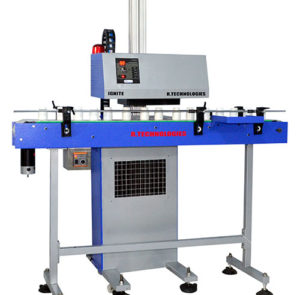
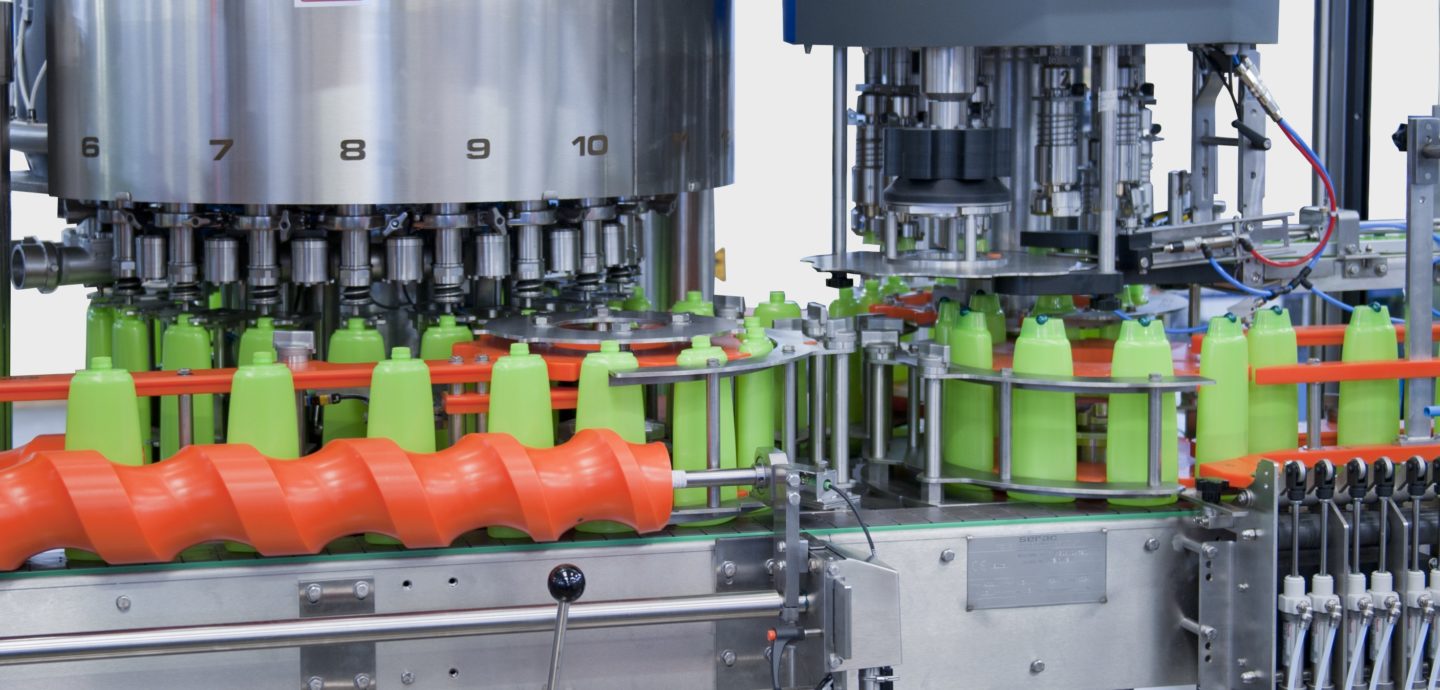
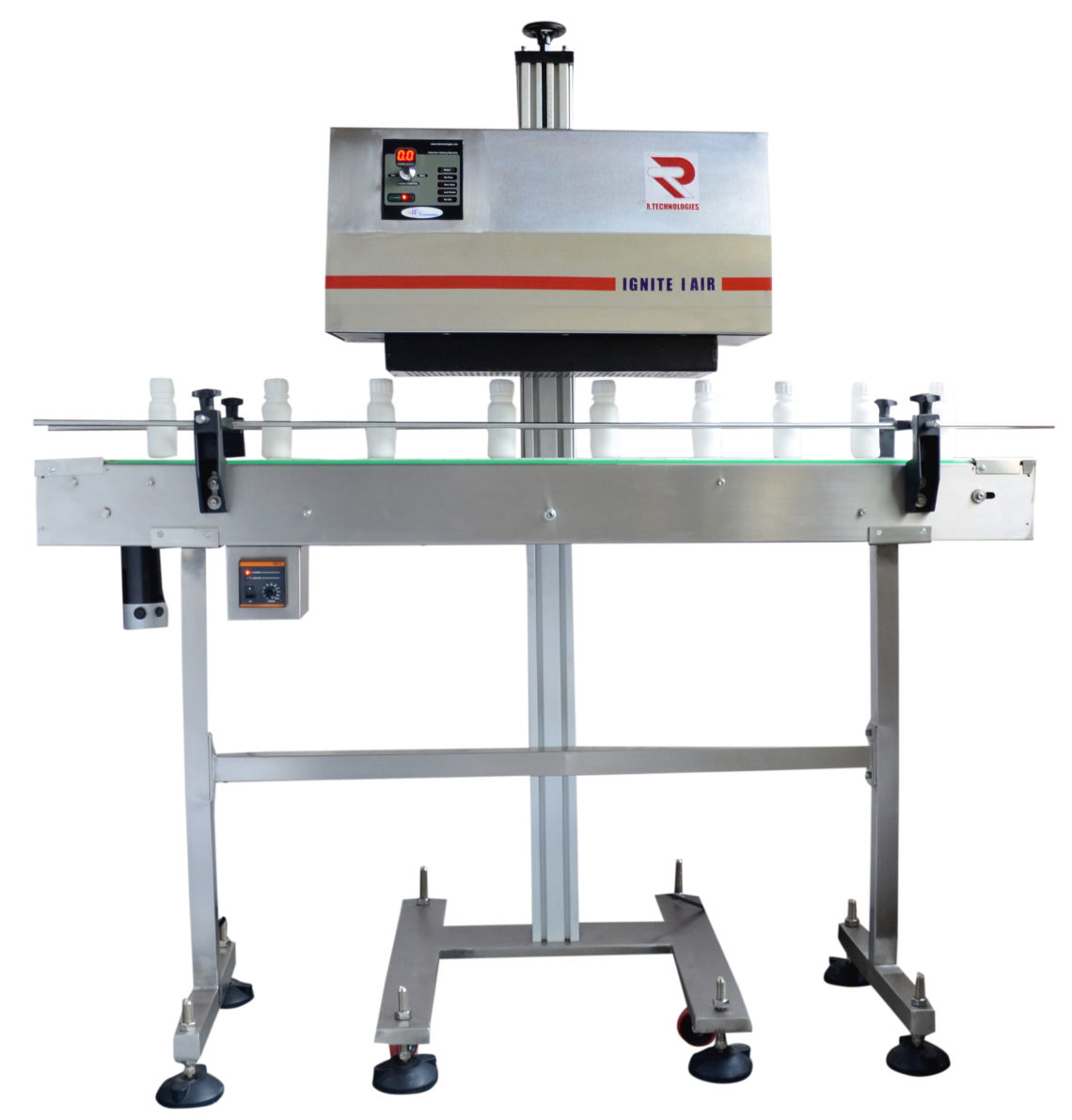
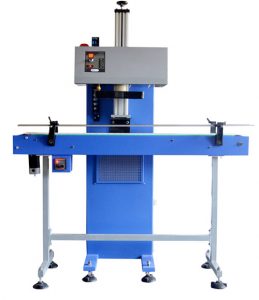 Different chemicals, tablets/drugs, and many highly combustible substances like gasoline or gas may be sealed using
Different chemicals, tablets/drugs, and many highly combustible substances like gasoline or gas may be sealed using 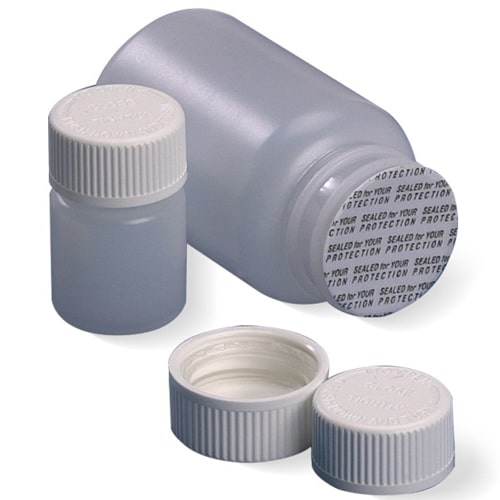
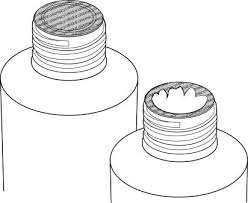 This occurs when the original medicinal product is taken from its container and replaced with an ineffective or fake version. Unaware consumers are exposed to severe risks.
This occurs when the original medicinal product is taken from its container and replaced with an ineffective or fake version. Unaware consumers are exposed to severe risks.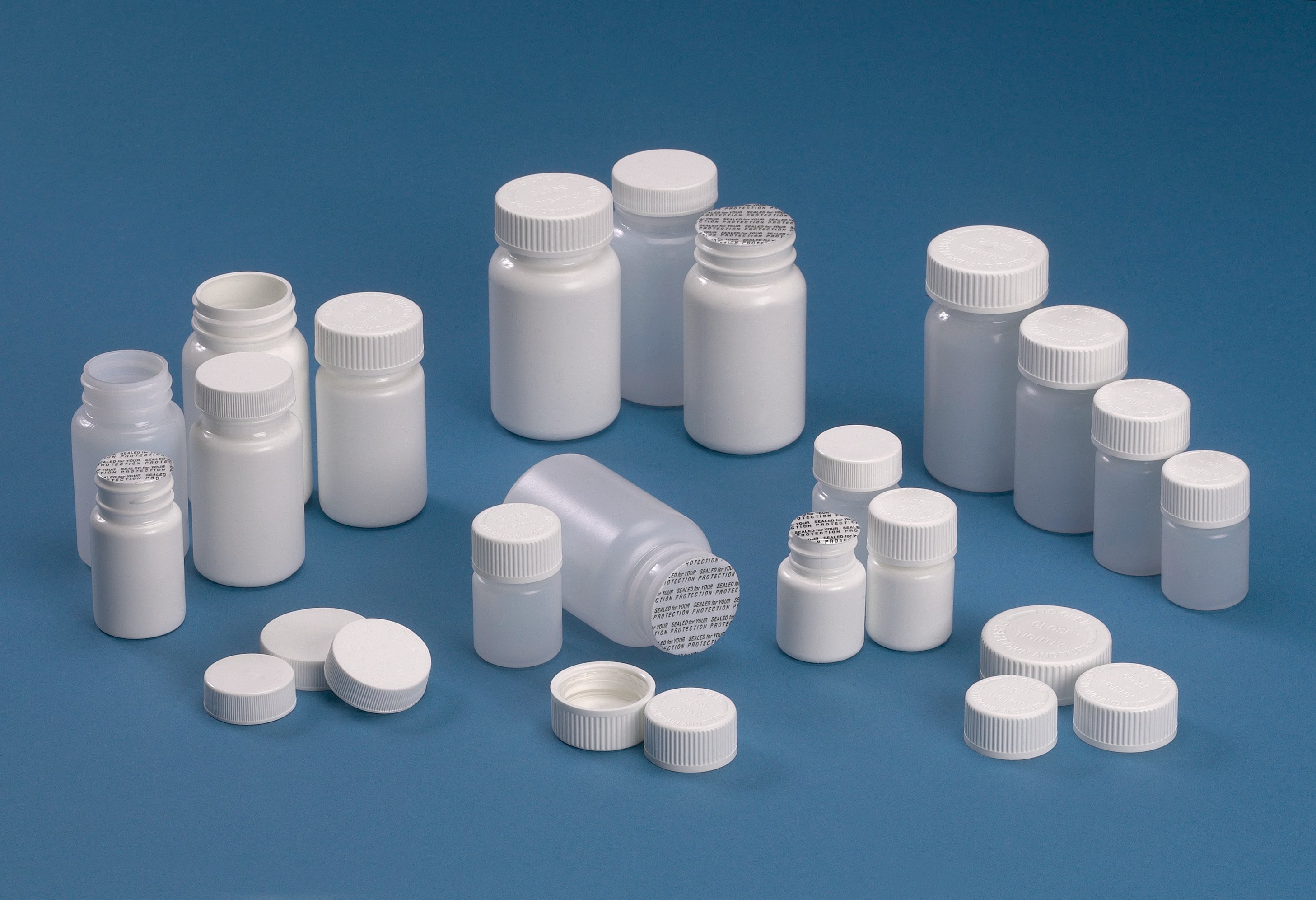
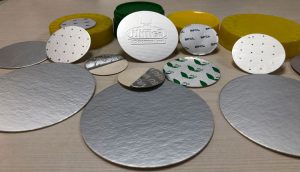 The induction cap sealing method may be explained in a few sentences. Induction heating is used to seal the bottle mouth with the liner within the cap. As the bottle is passed beneath the cap sealing machine’s head, the cap is sealed without touch.
The induction cap sealing method may be explained in a few sentences. Induction heating is used to seal the bottle mouth with the liner within the cap. As the bottle is passed beneath the cap sealing machine’s head, the cap is sealed without touch.